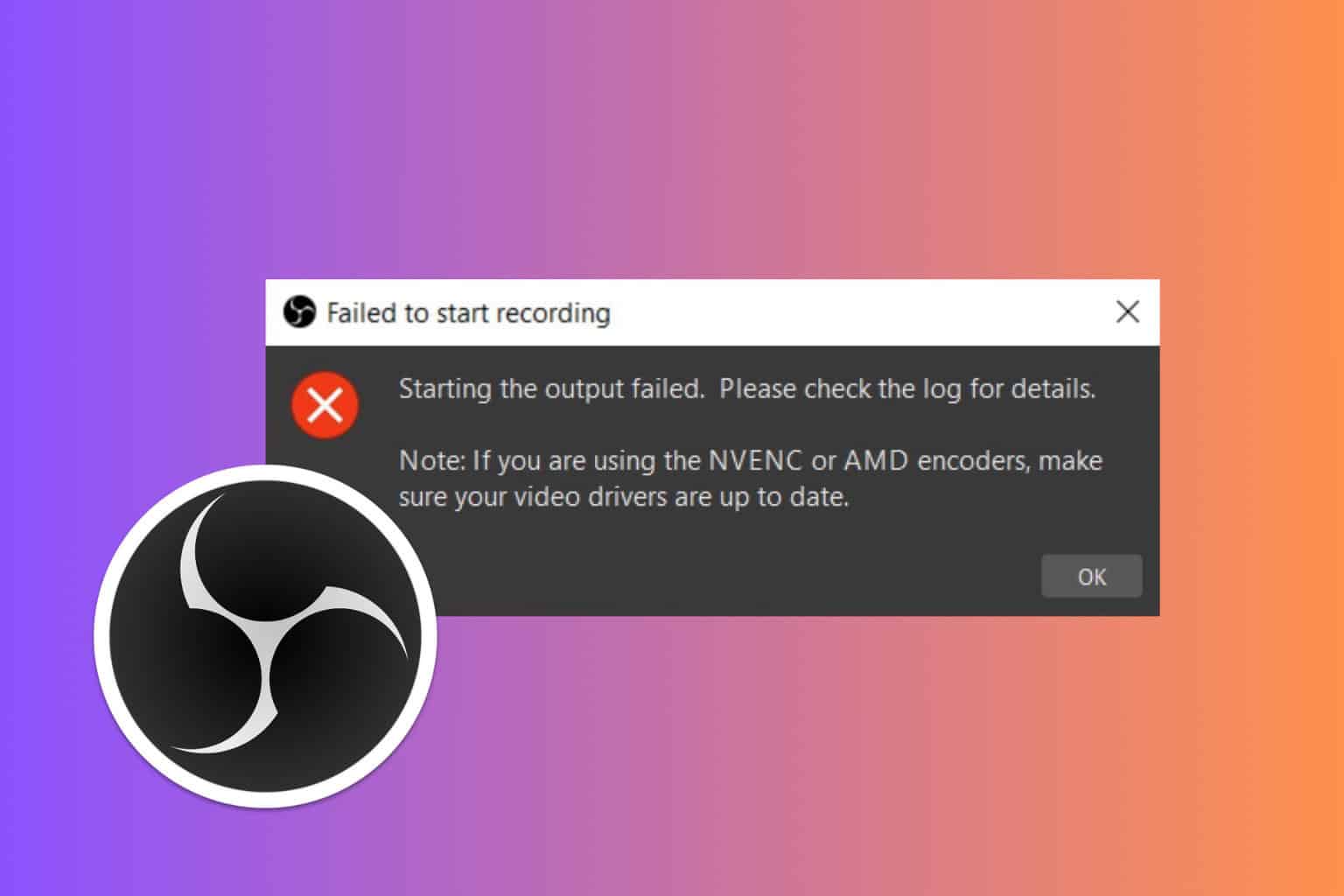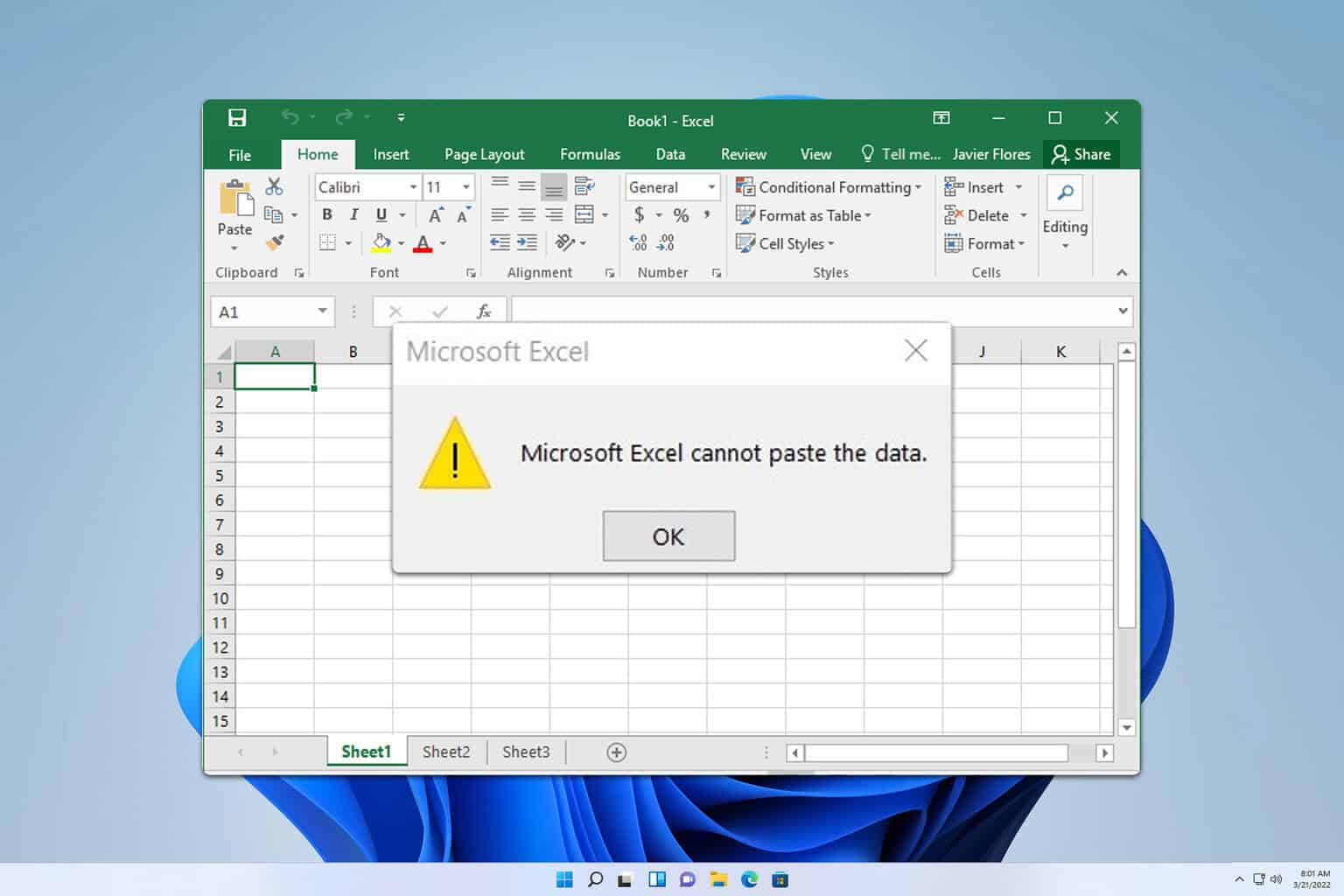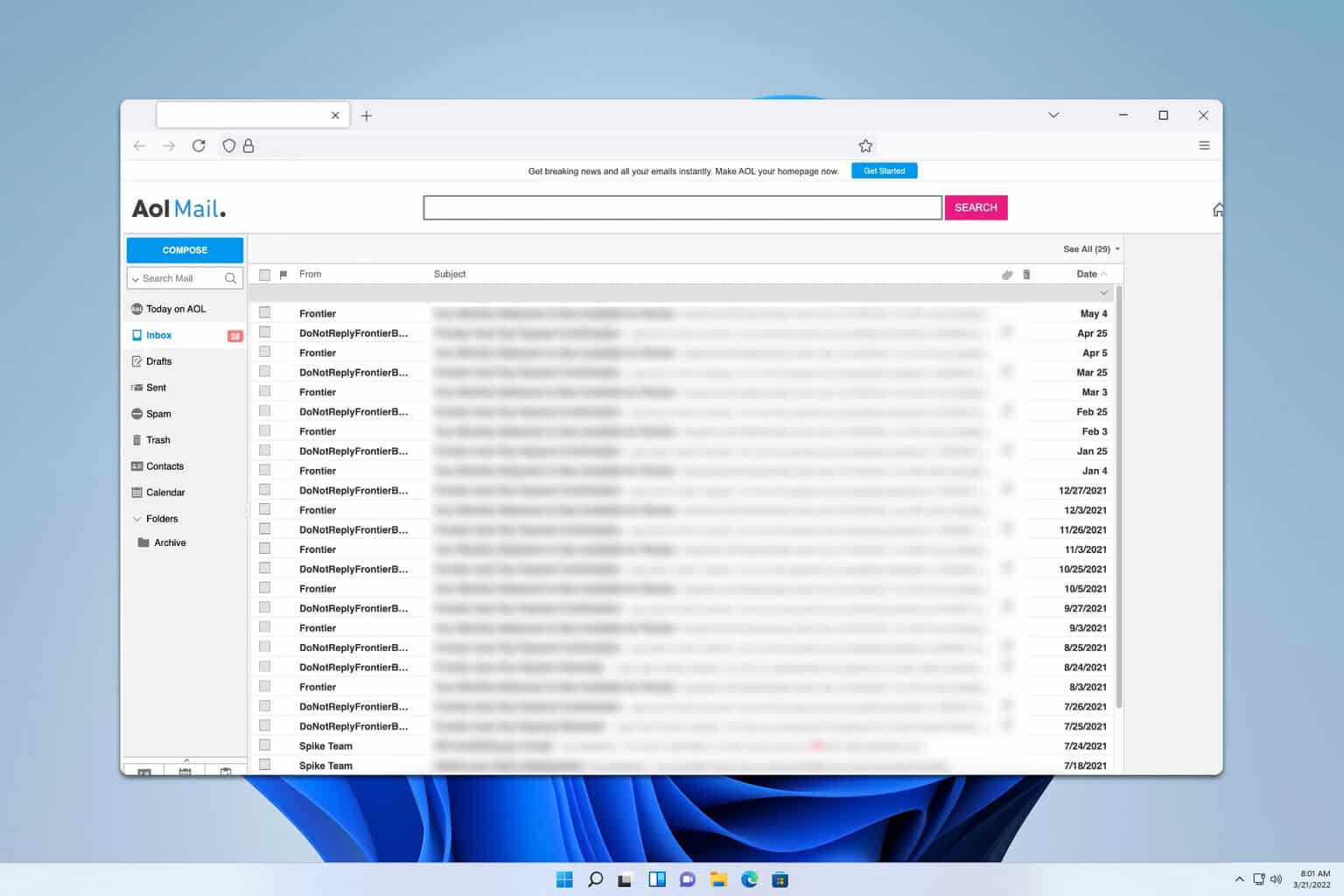Is your VMware replication status not active? Try this
3 min. read
Updated on
Read our disclosure page to find out how can you help Windows Report sustain the editorial team Read more

If you see the VMware replication status appearing as being not active, even though the VM is configured for replication, you came to the right place.
Having the status of the replication remains inactive, even if the replication process completes successfully can be extremely frustrating for some users.
To add to this initial frustration, even the vSphere Replication Management Server (VRMS) states that the VM is inactive.
This issue can occur in VR environments that use a Network Address Translation (NAT) between the two replication locations, or if a firewall is blocking the network ports required to perform a full replication.
In this fix article, we will explore the best solutions to fix this method once and for all, and change the VMware replication status to its true value.
Here’s how to change replication not being active on VMware
1. Make sure firewall is not blocking the required VR ports

These ports allow your VMware application to connect the two replication locations.
Depending on the firewall service your computer is using, the steps will vary.
If you’re using the Windows Firewall, follow these steps to unblock the ports mentioned above:
- Press the Win+X keys on your keyboard -> click Control Panel.
- Select System and Security -> Windows Firewall.
- Choose the option Advanced Settings and select Inbound Rules from the left-side panel.
- Right-click the Inbound Rules -> choose New Rule.
- Add the port 31031 -> click Next.
- Choose the protocol type (TCP or UDP) -> press Next.
- Choose your network type -> Next.
- Add a name to the newly created rule and click Finish.
- Repeat steps 1-8 of this method and add the port 44046 to the same list.
Want to clone virtual machines in VMware? Here’s how
2. Use an IPsec tunnel between the two replication sites

The best method of communication between all your VR components is either by using an internal or external address.
To create an IPSEC tunnel between the two replication sites, follow these steps:
- Open vCloud Air -> click the Gateways tab.
- Select the gateway you want to set up an IPsec VPN connection.
- Click the option Manage Advanced Gateway Settings.
- Choose the gateway name -> right-click -> choose Edge Gateway Services inside the VPN tab.
- Check Enable VPN.
- Click Add -> complete the entire list of needed information.
- Click Ok.
Note: The IPsec VPN connection needs to be created from both of the sites you want to replicate.
Conclusion
In today’s guide, we discussed the best method to try if VMware replication status is not active despite having the right settings.
Please let us know if this guide was helpful by using the comment section below.
READ ALSO:








